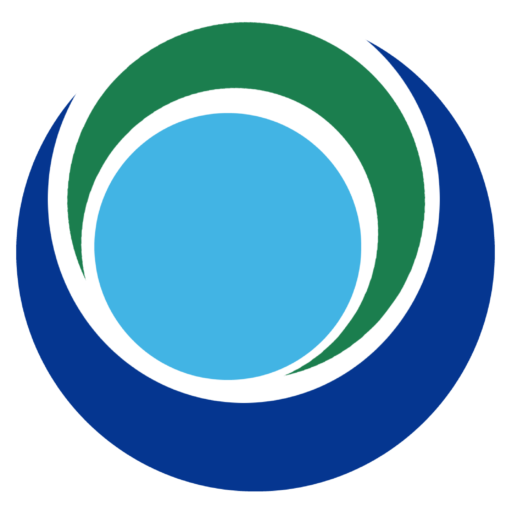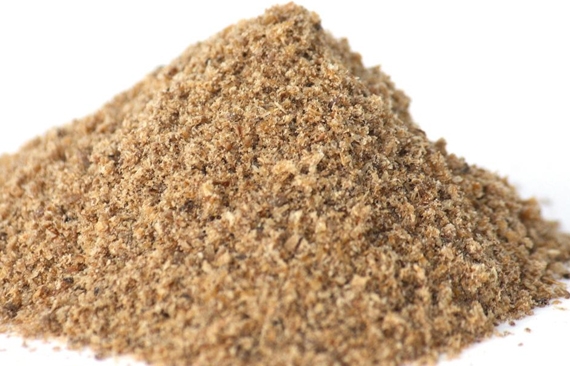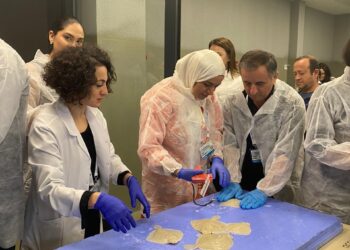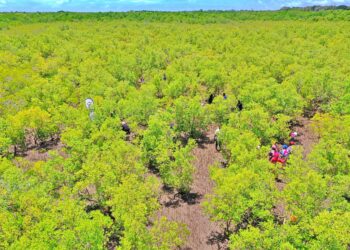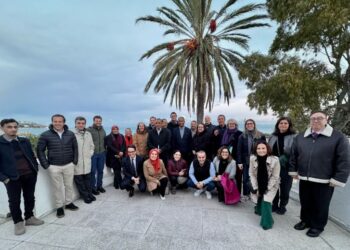PART 1: Circular economy and Aquaculture feed: no common feed (NCF) and Jamaican case study – I collaborate with various aquaculture companies, all of which are focused on reducing feed costs -their main expense. While the circular economy may offer solutions, it must be carefully evaluated. Growing global demand for fish has led to the need for high-quality, nutritionally appropriate feeds tailored to each life stage of farmed species. As fishmeal—still the primary protein source—becomes less accessible due to overfishing and stricter sustainability regulations, the industry must develop cost-effective alternatives. Proteins make up over 60% of feed costs, so identifying substitutes is essential for economic viability.
Though fishmeal will remain important, its use must become more efficient, with reduced inclusion rates, highlighting the need for sustainable alternative ingredients. Feed solutions must also avoid competing with human food resources. Standardizing new, sustainable ingredients is key to meeting future needs.
The article presents strategies for ethical, low-impact feed alternatives. The authors have formulated pellet feeds using high-quality, unconventional ingredients adapted to local agro-ecological conditions and regulations. While agri-food by-products are a valuable resource, many remain underused and are often sent to landfills, creating environmental challenges. Recycling these by-products, supports circular economy principles by reducing waste and improving resource use.
With my company Coop. Alveo I have gained hands-on experience in regions across Asia, the Caribbean, Africa, and Europe. In Europe, stricter regulations limit the use of agro-industrial by-products due to past health concerns, yet innovation and alternative ingredients can still enhance global feed sustainability.
Circular Economy Principles in Aquafeed Production
The use of unconventional feed ingredients has emerged as a response to global market disruptions, including supply chain instability, fluctuating costs, and recent crises such as wars and pandemics. These challenges have forced national feed industries and end users to adapt by reformulating diets with locally available, cost-effective ingredients or risk going out of business.
A key solution has been leveraging agri-food sector by-products—materials otherwise destined for landfill—as sustainable feed alternatives. Properly processed, these by-products can offer stable nutritional value, affordability, and continuous availability, aligning perfectly with circular economy principles.
In aquaculture, co-products from the agro-industry, particularly fish and meat processing waste, contain valuable proteins and nutrients essential for fish diets. However, they must undergo careful processing—such as drying, fermentation, and sterilization—before inclusion in formulations. The addition of nutritional supplements, prebiotics, and probiotics can further enhance feed efficiency, boosting fish growth and immunity.
Circular feed for fish farms
Historically, aquatic animals were raised on materials unsuitable for human consumption, like feed scraps, grass, or food processing residues. The European feed industry originated from the recovery of wheat bran, which had no market for human consumption. This early role in the bioeconomy introduces a circularity to the feed sector, highlighting its responsibility in promoting sustainable food systems by continuing to recycle nutrients through feed for food-producing animals.
The sustainability of aquaculture feed is a core focus for the feed industry. This article offers suggestions for formulating diets that optimize the agri-food sector’s production yield while enhancing aquaculture sustainability in terms of environmental, economic, and social factors. Significant progress has been made in recent years, but to address emerging challenges, applied research, legislation, and consumer involvement must be further strengthened.
The choice of sustainable feed ingredients, which do not compete with human food and remain economically viable, is crucial for the ethical and economic growth of the aquaculture industry.
The global feed industry has significant potential, making it crucial to explore local bioeconomy resources for animal feed. Developing safe alternative ingredients, especially protein sources, is a key strategic goal. Promising options include locally grown vegetable proteins, insects (farmed and wild), marine ingredients (micro- and macroalgae), microbial biomass, forestry by products and agro-industrial by-products. These innovations promote a circular economy and reduce reliance on imports and logistics.
Microbes, unicellular proteins, and fungi also play a role in converting waste biomass into valuable feed ingredients. While this approach is still under study, technologies already exist, making applied research feasible. Transforming unsuitable biomass through these “intermediate organisms” can help reduce nutrient losses, particularly nitrogen. However, implementing such solutions requires significant research and industrial investment, making them more viable for capital-rich countries. Any new feed ingredient must also align with strict feed and food safety standards, some of them has antinutritional factors that need to be eliminated or mitigated. In the last period, there is an orientation for the fermentation the by products or co products. Now a specialised company sells some fermented rice bran that is claimed is very high-quality product as a fish and crustacean feed ingredient.
Science and animal nutrition
The science of animal nutrition has evolved significantly over time. Initially, the focus was on analyzing individual components like crude protein, crude fat, crude fiber, and minerals. In modern feed formulation, additional factors are considered, such as the ratio of digestible amino acids and fats, the availability of minerals for absorption, and the net energy provided. The field continues to advance, expanding our understanding of how different nutritional components interact within diets. Moreover, other aspects are taken into account, including mitigating anti-nutritional factors, the role of certain micro-ingredients, maintaining a healthy gut microbiome, the inclusion of natural or added prebiotics and probiotics, and supplementing specific essential amino acids.
The proposed concept of circular nutrition offers a modern perspective, highlighting the potential for nutrient recycling in animal nutrition. It is believed that circularity can coexist with the feed conversion ratio, a traditional measure of resource efficiency, focusing solely on the “input-output” effectiveness—such as one kilogram of feed resulting in one kilogram of animal product.
The circular feed approach emphasizes the origin of dietary components and their level of competition with direct human food production. For aquaculture feed efficiency, the feed conversion rate remains a key indicator. Farms raising herbivorous fish species like grey mullet, grass carp, or carp, as well as filter-feeding species such as tilapia, excel at utilizing “low-quality” nutrients that are less suitable for human consumption. Additionally, advancements like phytoplankton-based production technologies, including biofloc systems and other simple methods, can significantly reduce feed needs for filter-feeding species such as tilapia and shrimp (Peneus vannamei).
Fish farming and agribusiness can apply three fundamental principles of the circular economy to enhance sustainability:
• minimizing waste and pollution,
• maintaining economic, biological, and social value over time,
• and reducing dependence on non-renewable resources.
These principles collectively contribute to mitigating the environmental impact of human activities.
A recent study personally conducted in Jamaica highlights examples of by-products (co-products) from the agro-food industry utilized in the feed sector. The study explores the potential for practical applications of feed ingredients that are rarely or never used in aquaculture, following the circular economy principles, within a specific agroecological district. The table focuses on the Island of Jamaica, where, until 2022, all aquaculture feed components for industrial feed mills were imported.
| N | Component | Indicative availability Ton* | Cost Ton* | Water content % | % / protein quality |
| 1 | Grain middlings | 55.000 | 193,79 /197,03 $ | 11 | 18 / good |
| 2 | Baker residues | 1.000 | 234,9 / 238,83 $ | 12 / medium | |
| 3 | Fish meal (from fish industry by-product) | 1.000 | 1.304 /1320,21 $ | 12 | 60 / high |
| 4 | Poultry and swine meal | 2.500 | 140,94 / 143,30 $ | 11 | 60 / high |
| 5 | Filtered press mud | 200 Kg for every ton of produced sugar | 20 / 20,33 $ | 40 | 6 / medium |
| 6 | Brewery spent grain – BSG | 3.500 | 8,8 / 8,95 $ | 65 | 6 / High |
| 7 | Brewery Spent yeast – BSY | 540 | Transport cost | 80 | 10 – High |
| 8 | Brewery spent hop/turbs | _ | Transport cost | 85 | 5 – High |
| 9 | Alcohol and rum by products (“donner”) | _ | Transport cost | 90 | 7 / low |
| 10 | Fruit juice by-products (orange, others) | Transport cost | 40 | 10 / Medium | |
| 11 | Coconut water by products (copra) | _ | Transport costs | 30 | 20 / medium, high fat content |
From: G. Negroni/Cooperativa Alveo – World Bank Project – Climate resilience in Jamaica, data from analyzes and research carried out on site and from the bibliography (2022).The data was taken on site from local Jamaican laboratories and institutions (National Fishery Authority, Aquaculture Branch Ministry of Agriculture and Fishery Jamaica, Mrs. Avery Smikle Director) the prices of protein ingredients have increased since 2022.
Jamaican Dollar, The exchange rate Euro / Jamaican Dollar and March 2022 (1 € / 167,48 Jamaican Dollar. Euro365.it)
The disposal of “donner” from the highly developed rum industry in Jamaica is an ecological problem and different solutions are being organized to concentrate and dispose of it. But not any fish feed use was considered. The poultry and swine slaughterhouse by products are generally dumped in landfill in Jamaica.
PART 1: Circular economy and Aquaculture feed: no common feed (NCF) and Jamaican case study
